The Science Behind Perfecting Your Barista Coffee Skills at Home
As the demand for high-quality Barista Coffee continues to rise, home brewing enthusiasts are seeking to elevate their skills to create café-level beverages in the comfort of their kitchens. According to a recent industry report by the Specialty Coffee Association, over 54% of American coffee consumers have made coffee at home more frequently in the last year, turning their attention to mastery and precision in the brewing process. The art of crafting the perfect cup involves understanding the intricacies of coffee extraction, the importance of grind size, and optimal brewing techniques.

Moreover, a comprehensive study from the National Coffee Association reveals that 79% of coffee drinkers value the quality of their beverage, emphasizing the need for home baristas to adopt professional skills to meet these expectations. This article delves into the scientific principles that underpin barista techniques, empowering coffee lovers to enhance their home brewing experience.
Understanding the Chemical Reactions in Coffee Brewing for Optimal Flavor Extraction
Understanding the chemical reactions involved in coffee brewing is essential for achieving optimal flavor extraction at home. When hot water interacts with coffee grounds, a series of complex reactions occur, unlocking various compounds that contribute to the overall taste and aroma of the beverage. The primary factors that influence these reactions include temperature, time, and grind size. Higher temperatures facilitate the extraction of oils and acids, while the duration of contact between water and coffee can either enhance or diminish flavor profiles depending on the specific brewing method employed.
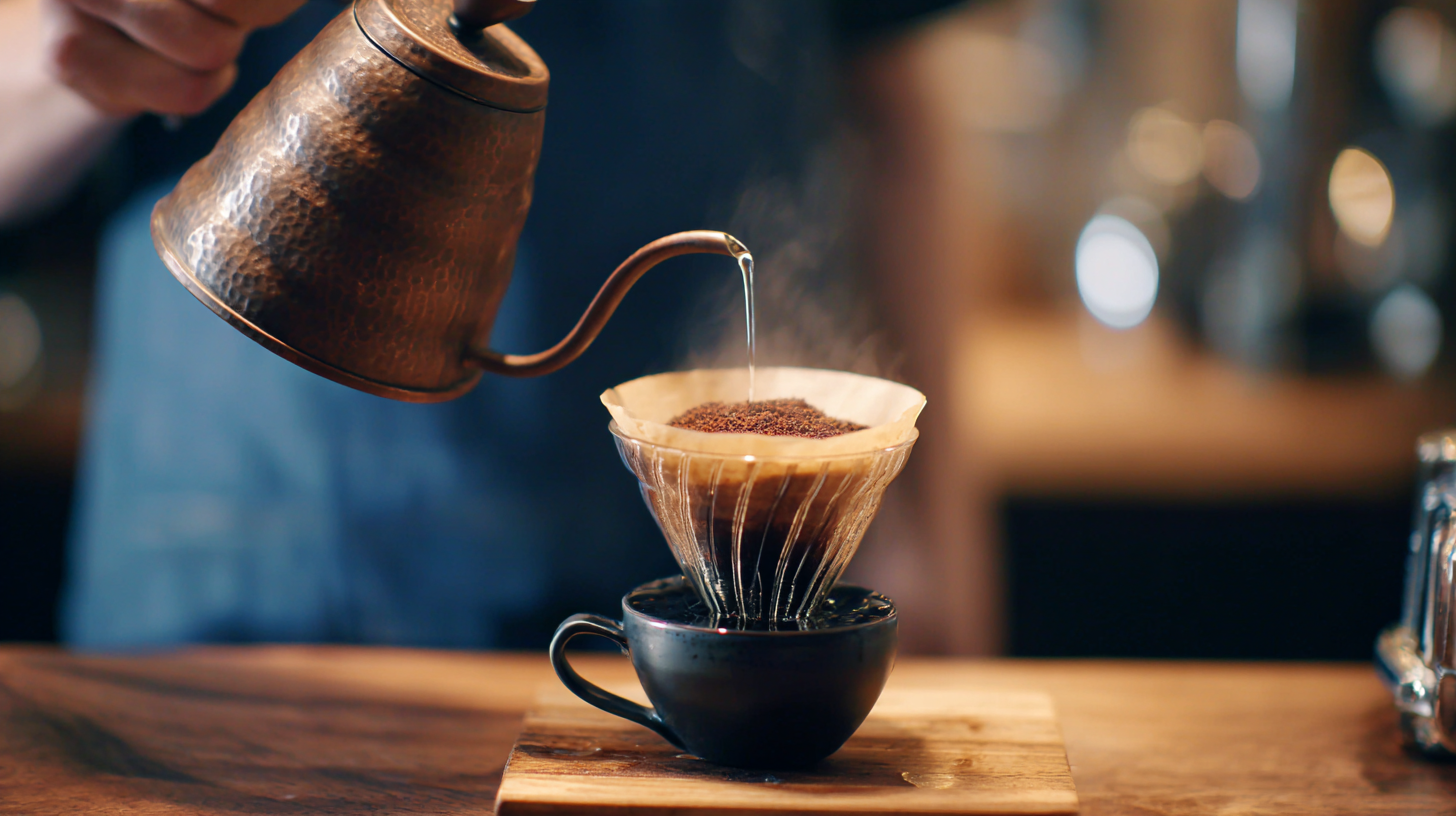
One of the key chemical processes in coffee brewing is the solubility of different compounds within the coffee beans. For instance, desirable flavors come from specific acids, sugars, and oils that dissolve in water during brewing. If the extraction time is too long, undesirable bitter compounds may also be released, resulting in an imbalanced cup. Conversely, if the extraction time is too short, many rich and nuanced flavors may remain locked inside the coffee grounds. By fine-tuning the brewing parameters, coffee enthusiasts can manipulate these chemical interactions to create a perfectly balanced cup tailored to their palate.
The Role of Water Quality and Temperature in Achieving Ideal Coffee Taste
Water quality and temperature play crucial roles in crafting the perfect cup of coffee at home. The water you use should ideally be filtered and free of impurities to ensure that it does not alter the taste of the coffee negatively. Hard water or water that contains high levels of chlorine can overpower the subtle flavors of specialty beans, leading to an overall disappointing brew. Thus, using high-quality water can significantly enhance the extraction process, allowing you to appreciate the full spectrum of flavors that the coffee has to offer.
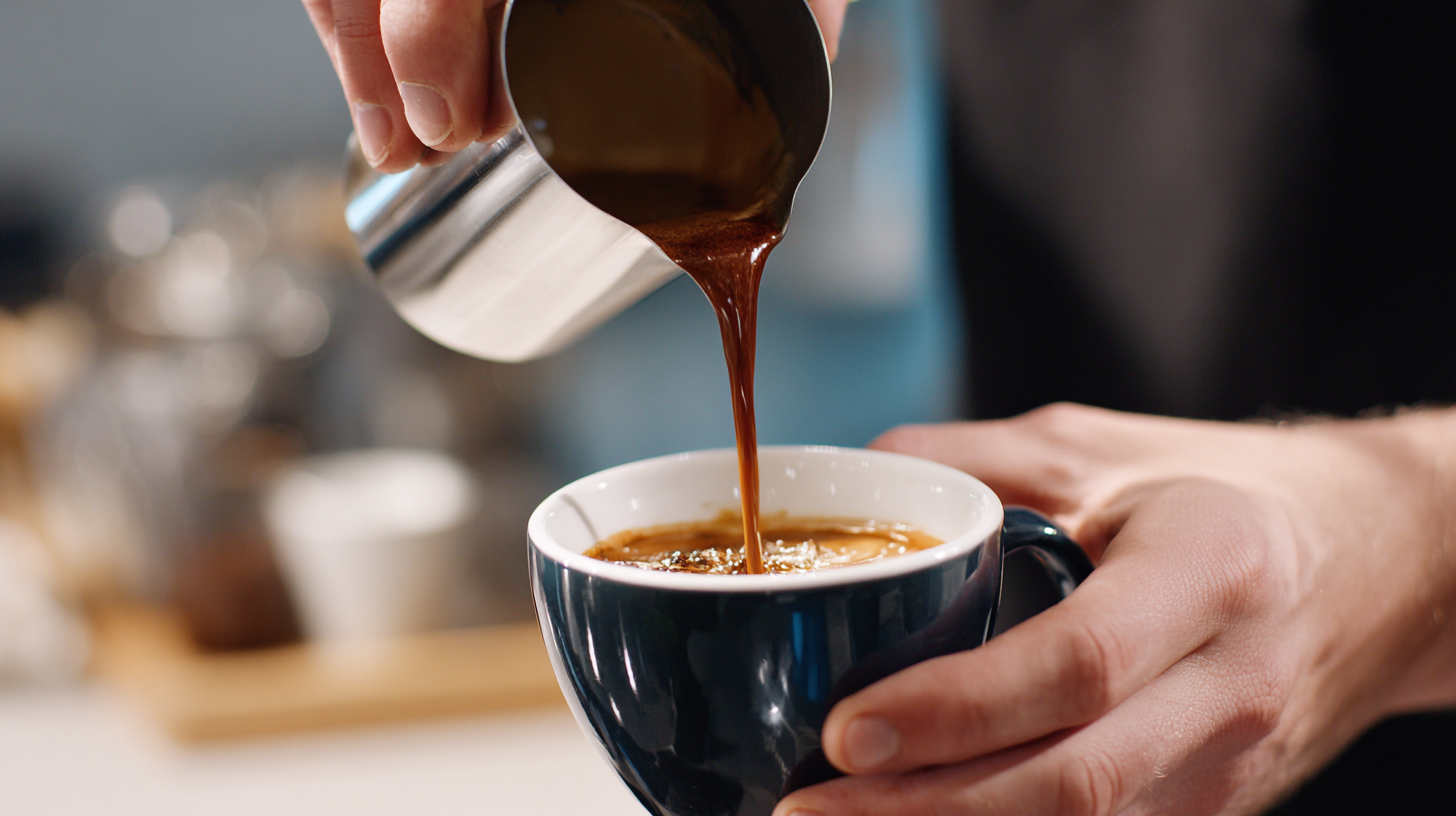
Temperature is another vital factor; it directly impacts the extraction of flavors and aromas from the coffee grounds. Experts recommend brewing temperatures between 195°F to 205°F (about 90°C to 96°C) for optimal extraction. If the water is too hot, it can scorch the coffee, resulting in bitter notes, while water that is too cool may lead to under-extraction, yielding a weak and sour taste. By mastering the balance of quality water and ideal brewing temperature, you can consistently brew coffee that rivals your favorite café.
Grind Size and Consistency: Key Factors for Enhancing Coffee Extraction Efficiency
Grind size and consistency are crucial elements in brewing the perfect cup of coffee at home. A study published by the Specialty Coffee Association highlights that the surface area of coffee grounds significantly influences extraction efficiency. Finer grinds increase the surface area, allowing for more rapid extraction of flavors, which is ideal for methods like espresso. Conversely, coarser grinds are preferable for brewing techniques like French press, where slower extraction is beneficial. According to research, a 1% increase in grind size can alter the flavor profile dramatically, illustrating the delicate balance that baristas must achieve between grind size and brew time.
Furthermore, consistency in grind size is equally important. A report by the National Coffee Association states that uniform particle size can enhance extraction efficiency by up to 15%. Inconsistent grind sizes can lead to under-extraction, resulting in a sour taste, or over-extraction, producing a bitter brew. Investing in a high-quality burr grinder can help achieve the necessary consistency, as blades can create varying sizes that affect the overall flavor of the coffee. Mastering grind size and consistency not only elevates the brewing experience but also unlocks the complex flavors that each coffee type has to offer, allowing home baristas to replicate café-quality brews with confidence.
Exploring the Importance of Brew Time in Balancing Acidity and Sweetness
When mastering the art of brewing coffee at home, understanding the role of brew time is crucial in achieving a harmonious balance of acidity and sweetness. A study conducted by the Specialty Coffee Association notes that optimal brew times can vary depending on the coffee type, with a general recommendation of 3 to 5 minutes for most brewing methods. During this window, water extracts desirable flavors from the coffee grounds, but over-extraction can lead to heightened acidity, resulting in a sour taste profile.
Additionally, the recent trend of incorporating salt into coffee offers an innovative solution for coffee enthusiasts. According to taste tests conducted on various coffee beans, adding a pinch of salt can significantly counterbalance bitter notes, especially in darker roast profiles. This method smooths out flavors, enhancing the inherent sweetness of the beans. By carefully controlling brew time and experimenting with additives like salt, home baristas can elevate their coffee experience, making it both flavorful and enjoyable.
The Science Behind Perfecting Your Barista Coffee Skills at Home - Exploring the Importance of Brew Time in Balancing Acidity and Sweetness
| Brew Method | Brew Time (minutes) | Acidity Level (1-10) | Sweetness Level (1-10) |
|---|---|---|---|
| Pour Over | 3 | 7 | 5 |
| French Press | 4 | 6 | 6 |
| Espresso | 0.25 | 9 | 4 |
| Cold Brew | 12 | 4 | 8 |
| AeroPress | 2 | 6 | 7 |
The Impact of Different Brewing Methods on Coffee Aroma and Body Characteristics
The brewing method you choose can dramatically influence the aroma and body characteristics of your coffee. Each technique extracts flavors differently, depending on variables such as water temperature, brew time, and pressure. For instance, methods like espresso use high pressure and short extraction times, producing a concentrated shot with a rich crema that highlights the coffee's complex flavors and aromas. In contrast, pour-over brewing allows for more control over the water flow and temperature, resulting in a cleaner taste and nuanced aroma that showcases the beans' unique characteristics.
Moreover, immersion methods like French press or cold brew lend themselves to longer extraction times, which can enhance the coffee's body. French press produces a thick, full-bodied cup rich in oils and sediment, giving it a robust mouthfeel. Conversely, cold brew tends to yield a smoother, sweeter cup with lower acidity, emphasizing chocolatey or fruity notes. Understanding these brewing methods and their respective impacts on coffee characteristics empowers home baristas to experiment and refine their skills, ultimately crafting a personalized cup that reflects their preferred flavor profiles.
The Impact of Different Brewing Methods on Coffee Aroma and Body Characteristics
Related Posts
-

Ultimate Guide to Mastering Barista Coffee Skills at Home
-
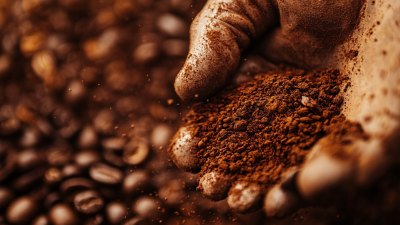
Global Coffee Beans Trends for 2025: Innovative Solutions for Sustainable Sourcing
-
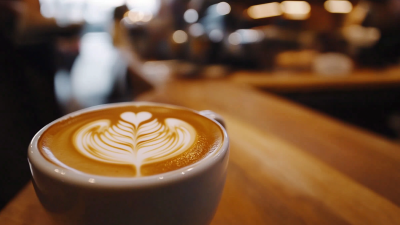
Unlocking Global Tastes: The Rise of Customized Coffee Solutions in the Specialty Market
-
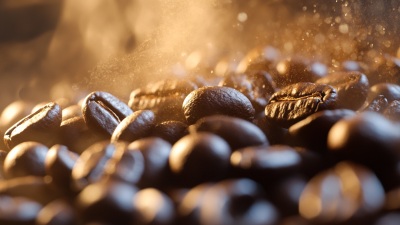
Exploring the Unique Features and Applications of Coffee Barista Products for Global Buyers
-
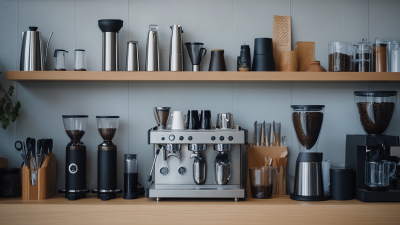
Essential Guide: 10 Must-Have Items for Every Barista Coffee Enthusiast
-

Exploring the Unique Features and Ideal Uses of Home Coffee Products



